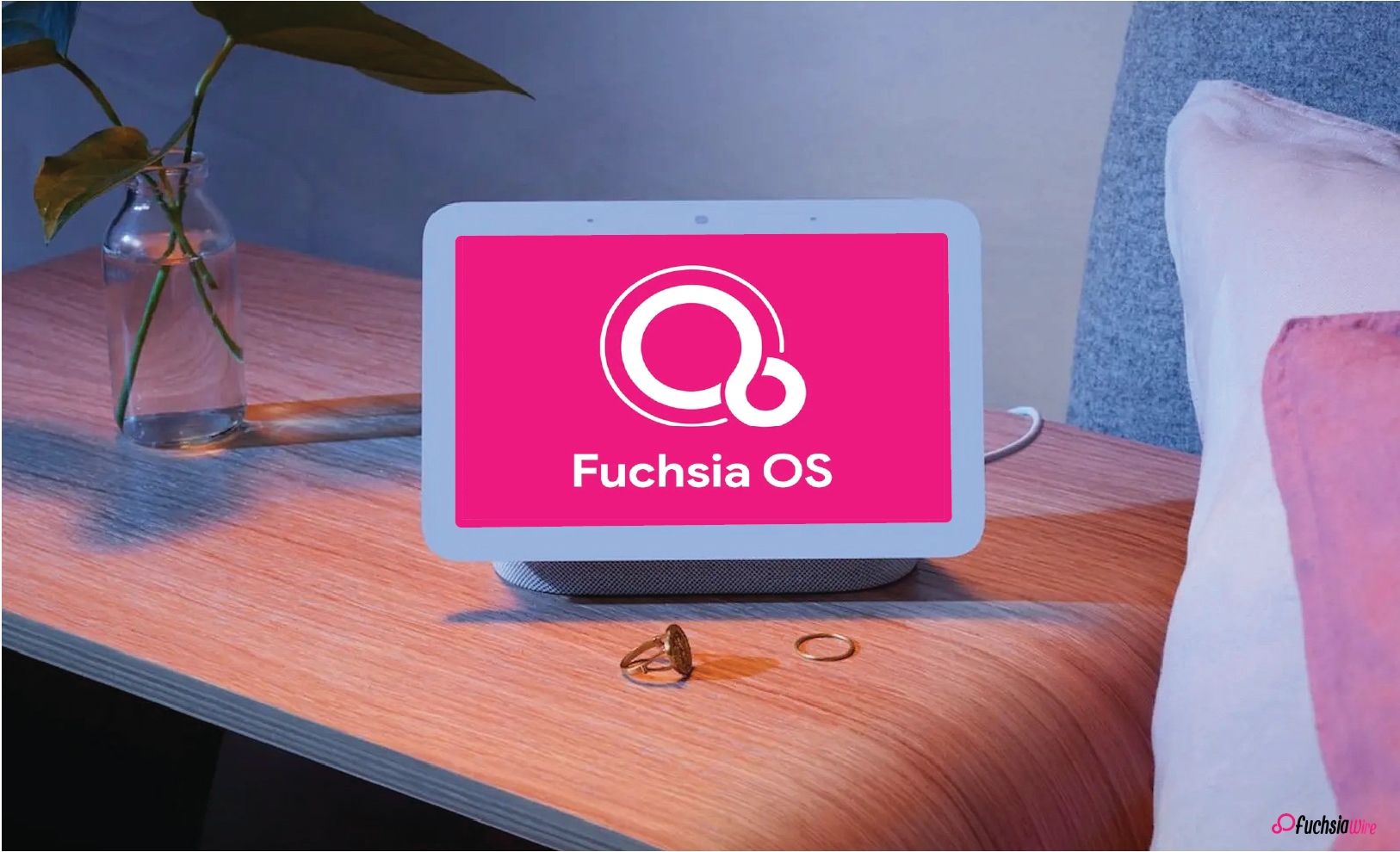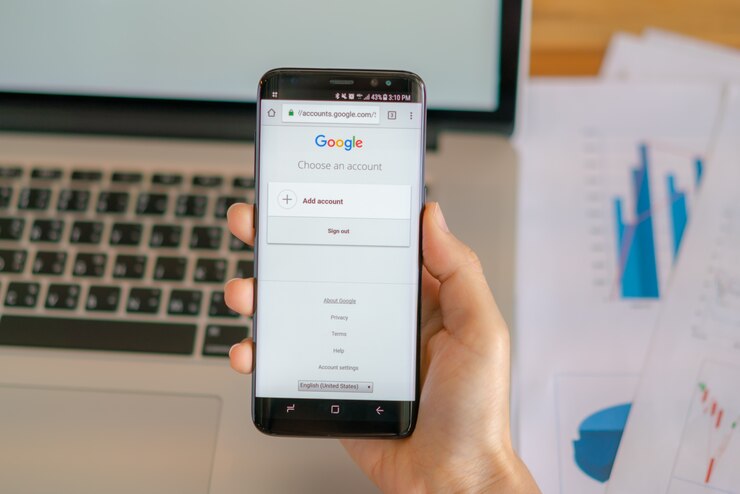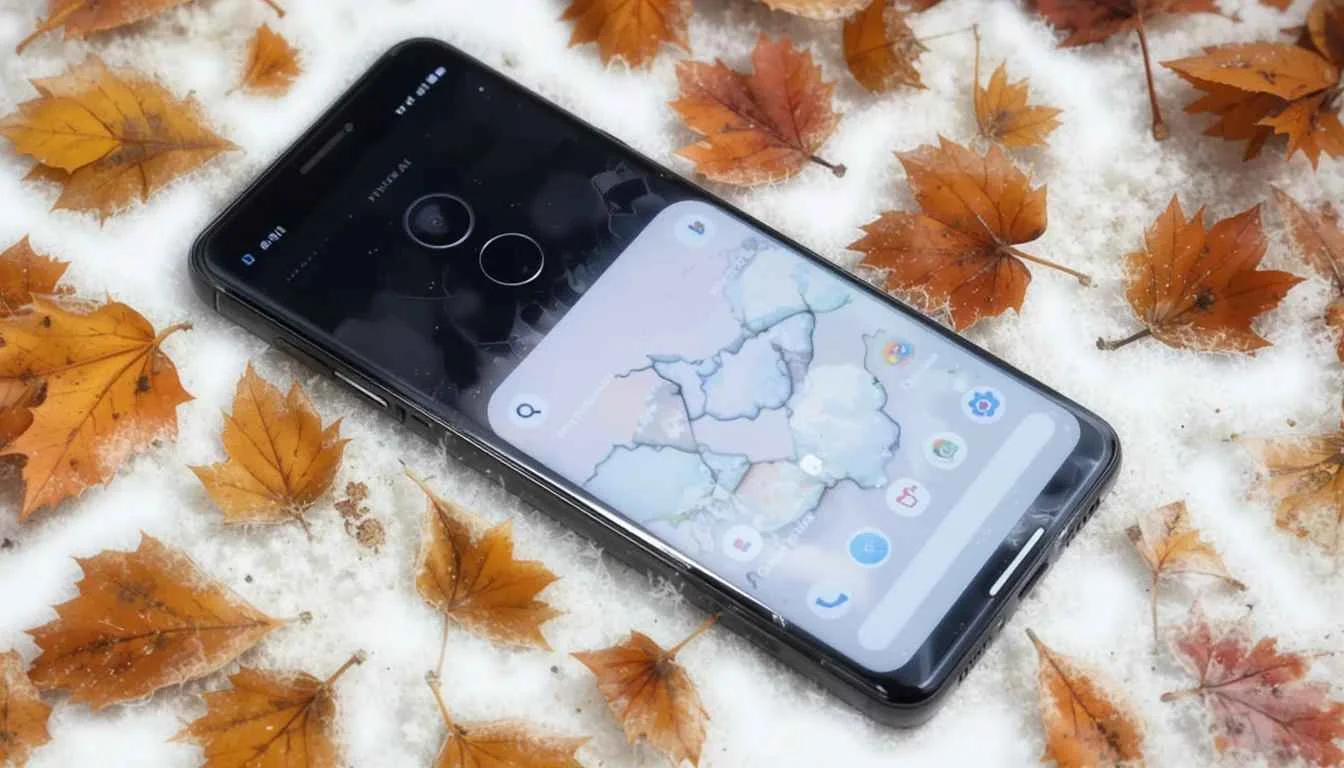Google Chat has recently introduced two significant new features: voice clip transcripts and video messages. While voice clips help pass messages, their transcriptions make it easier for users to perceive what has been said in a message rather than having it played to them.
This is especially useful for deaf users who prefer to read rather than listen to voice clips. The video message feature allows users to send a few videos. The feature sends it as clips for the specific chat interface and increases personal interaction.
All these updates are crucial to boost accessibility, increase efficiency, and encourage communication. This could prove Google’s further concern with advancing independent, compelling, and captivating communication tools.
Feature Overview
Voice Clip Transcripts
Voice clip transcripts are an instant translation tool that turns spoken words in voice messages into text. This feature means that any presented audio information can be supported by a visual display, which is helpful in analysis.
How it works
Each time a user records or subscribes to a voice message, the system analyzes the audio and transcribes it in plain text. The message arrives via voice conversation, and users can read this content as it is printed below the voice message.
Benefits for users:
Improved accessibility: Textual message representations are helpful to deaf people or individuals uncomfortable with voice clips.
Enhanced efficiency: By reducing the time needed to understand and decode the message, voice clip transcripts strengthen the effectiveness of communication as a visual complement to verbal information.
Better understanding: Given some noise, a transcript could help the user clearly understand the content of a voice message.
Video Messages
Video messages are part of the conversation system, enabling users to send short videos from the chat application. This feature helps interact as it allows for a more graphical approach.
How it works
The recipient can make a short video call or share a previously captured video within the chat window. After sending the video, it is displayed as a small picture in the conversation window. The receiver can tap on the image to watch the video.
Benefits for users:
Enhanced communication: A video message can help express certain feelings or sad news, share a view, or provide more information about the conversation.
Increased engagement: Recorded messages, on the other hand, add more flavor to the conversation by making it more fulfilling for the users.
Convenience: Video messages help people pass messages or express themselves. The feature does so without requiring users to open a new app for video messaging.
Steps to Use the New Features:
To make a voice message, press and hold the option with the microphone located in the message’s input bar within the conversation.
If the voice message has been sent, a text of the message will be presented next to the link containing the audio.
To send a video message, tap the camera icon at the top right corner of the chat window.
You can shoot a new video or use an existing one from your device.
After completing the video, tap the send button.
Accessibility
How voice clip transcripts improve accessibility:
The transcript of the used voice clips enables people with hearing problems to view the user’s voice message.
Transcripts are more useful in a loud environment. The speaker has an unfamiliar accent or uses a particular nonstandard dialect.
Use cases for video messages:
Video messages are very suitable when messages, such as pictures, video clips, or demonstrations, must be passed in video mode.
It is better to share emotions and tones of voice when using video messages instead of text.
This type of call can be applied where more details are presented, such as sharing the location or an item.
Video messages are also helpful because team members are geographically separated. They can pass updates, provide feedback, or discuss projects.
Future Updates
Google Chat is an avenue that is only likely to grow and develop even further. We might see future changes. It includes real-time translations, hookups with other services produced by Google, and improved search algorithms within chat history. The feedback the users give can be trusted to continually increase when it comes to performance, reliability, and accessibility.
In the long run, Google’s vision of communication is as follows. It corresponds to the goal of developing a smooth and natural way of carrying out messages that can join people from different parts of the world. Using voice clip transcripts and video messages is a good step. They can indicate Google’s desire to offer the best communication solutions.
The Final Word
Such features as voice clip transcripts in Google Chat and the ability to send video messages also improve communication. These features improve accessibility, efficiency, and fun, allowing users to comprehend voice messages better, share multimedia, and interact with others.
It enriches the experience of users with hearing disabilities. Those who prefer to read rather than listen to voice clips. Video messages allow users to share a video or somehow display something, as well as being able to convey emotions.























